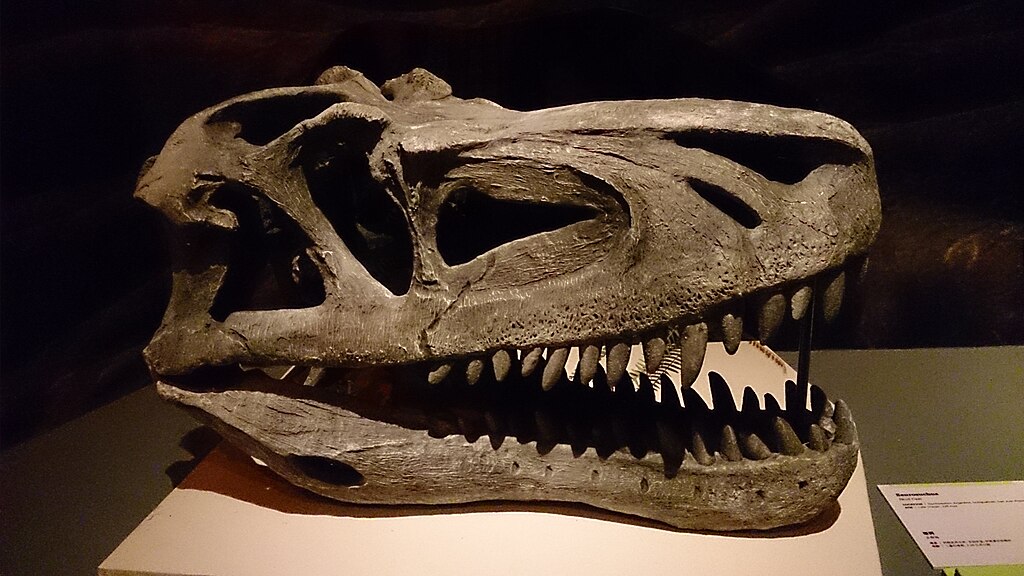The image of dinosaurs has undergone a remarkable transformation in recent decades. Once depicted as scaly, lizard-like creatures, many dinosaurs are now known to have sported colorful feathers, challenging our traditional perceptions. This revelation ranks among paleontology’s most significant discoveries, fundamentally altering our understanding of these ancient creatures and their relationship to modern birds.
The evidence supporting feathered dinosaurs comes from multiple scientific disciplines, creating a compelling picture that continues to evolve as new fossils and analytical techniques emerge. This fascinating journey of discovery has not only changed how we visualize dinosaurs but has also provided crucial insights into the evolution of birds and feathers themselves.
The Fossil Revolution: Direct Evidence of Feathers
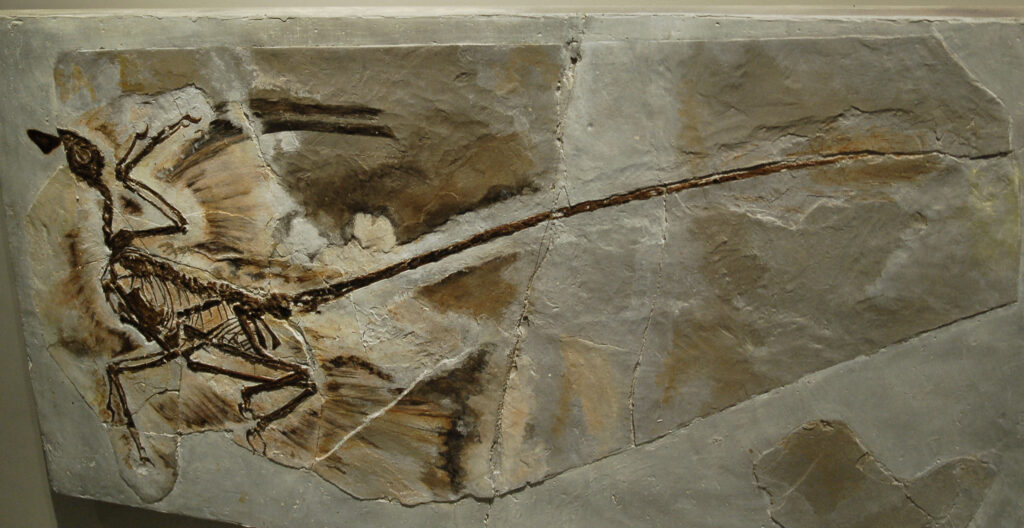
The most compelling evidence for feathered dinosaurs comes from extraordinarily preserved fossils discovered primarily in China’s Liaoning Province. Beginning in the 1990s, sites like the Yixian Formation yielded specimens of theropod dinosaurs with clearly visible feather impressions preserved in fine-grained lake sediments. These exceptional fossils, including famous specimens like Sinosauropteryx and Microraptor, show various types of feathers ranging from simple filaments to complex structures nearly identical to those of modern birds.
The preservation quality is so remarkable that paleontologists can observe individual feather barbs, shafts, and sometimes even color-producing structures. These fossils provide irrefutable evidence that many dinosaurs possessed feathers, fundamentally changing our understanding of dinosaur appearance and biology.
Feather Evolution: From Simple to Complex

Fossil evidence reveals that feathers didn’t appear suddenly in their modern form but evolved through several distinct stages. The earliest feather-like structures were simple filaments resembling fuzz or down, as seen in dinosaurs like Sinosauropteryx. These primitive “proto-feathers” likely served primarily for insulation rather than flight. As evolution progressed, more complex structures emerged, including branched filaments and feathers with central shafts and barbs.
By studying the distribution of these different feather types across dinosaur species, scientists have reconstructed how feathers evolved from simple insulating structures to the aerodynamically sophisticated feathers seen in flying birds. This evolutionary sequence is preserved in the fossil record, allowing paleontologists to trace how feathers developed increasingly complex structures over millions of years before being adapted for flight.
The Dinosaur-Bird Connection: Anatomical Links
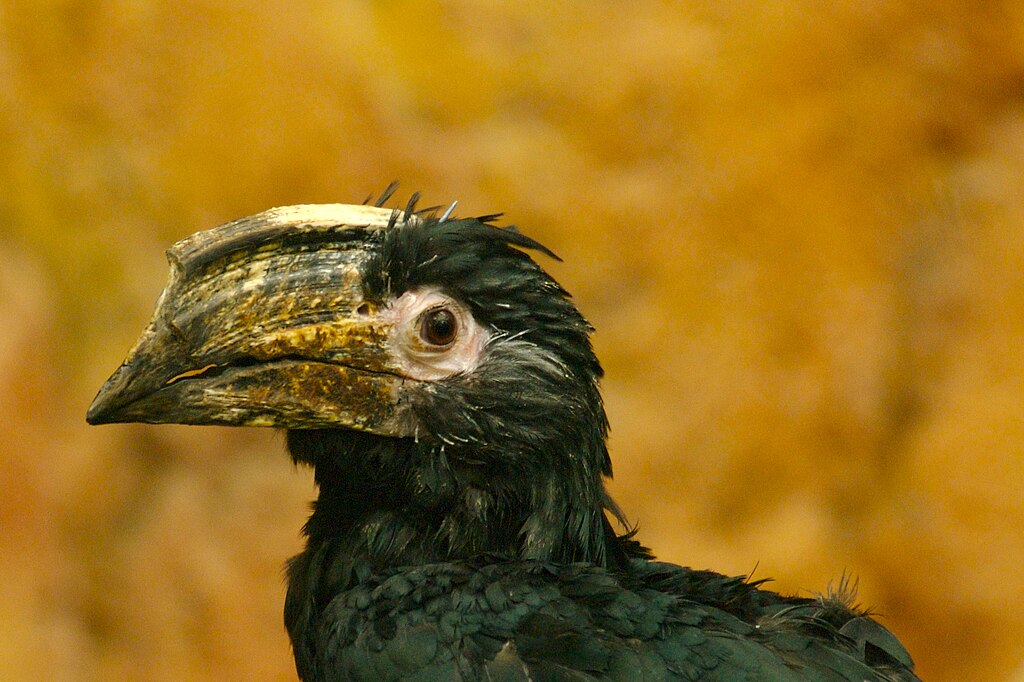
Beyond feathers themselves, numerous skeletal similarities connect certain dinosaurs and modern birds, reinforcing the relationship between these groups. Theropod dinosaurs—particularly maniraptoran dinosaurs like Velociraptor and Deinonychus—share dozens of specialized anatomical features with birds, including wishbones, three-fingered hands, hollow bones, and specialized wrists that allow for folding motions similar to birds. The presence of these avian features in dinosaurs that also possessed feathers creates a compelling evolutionary narrative.
These anatomical similarities are not coincidental but represent inherited traits from common ancestors, confirming that birds are essentially modern dinosaurs. The discovery of feathers on these anatomically bird-like dinosaurs provides the final piece of evidence in establishing the dinosaur-bird evolutionary connection that paleontologists had long suspected.
Microscopic Evidence: Feather Structure

Advanced microscopic analysis techniques have revealed details about dinosaur feathers that aren’t visible to the naked eye. Using electron microscopy, scientists have identified melanosomes—tiny organelles that contain pigments—preserved in fossil feathers, providing evidence not just of feather structure but also coloration. Different shapes of melanosomes correspond to different colors in modern feathers, allowing paleontologists to reconstruct the actual colors of some dinosaur feathers with reasonable confidence.
In addition, microscopic examination reveals structural details of ancient feathers, including barbules and hooks that are characteristic of modern bird feathers. These microscopic features confirm that many dinosaur feathers weren’t simply hair-like structures but had complex architectures similar to the feathers of living birds, further strengthening the dinosaur-bird connection.
Phylogenetic Inferences: The Family Tree Approach

Using the principles of phylogenetic analysis, scientists can infer which dinosaur groups likely had feathers, even when direct fossil evidence is lacking. By mapping the presence of feathers onto the dinosaur family tree, researchers can determine that if two closely related groups both had feathers, their common ancestor and all descendants probably had them too. This approach, based on evolutionary relationships, suggests feathers were widespread among theropod dinosaurs and possibly present in other dinosaur groups as well.
When a new dinosaur species is discovered, its position on the evolutionary tree helps predict whether it would have had feathers. This method allows paleontologists to make educated predictions about feather presence in species where soft tissue hasn’t been preserved, expanding our understanding beyond just the exceptionally preserved specimens.
Geological Context: Where Feathers Are Preserved

The preservation of dinosaur feathers requires exceptional geological conditions, which explains why feathered dinosaur fossils weren’t discovered until relatively recently. Feathers, being soft tissues, typically decompose before fossilization can occur. However, certain environments—particularly fine-grained lake sediments that rapidly bury remains without oxygen—can preserve these delicate structures. The Jehol Biota of China’s Liaoning Province represents just such an environment, explaining why so many feathered dinosaurs have been discovered there.
Similar Lagerstätten (fossil sites with exceptional preservation) in Germany, Brazil, and Mongolia have also yielded feathered dinosaur specimens. Understanding these special preservation environments helps explain the pattern of feathered dinosaur discoveries and suggests that feathers were likely much more common among dinosaurs than the fossil record directly shows, since most dinosaur remains were preserved in conditions that wouldn’t preserve feathers.
Quill Knobs and Attachment Sites

Even when feathers themselves aren’t preserved, their presence can sometimes be detected by examining dinosaur bones for feather attachment sites. Modern birds have small bumps called quill knobs on their forearm bones where flight feathers attach. Remarkably, identical structures have been found on the arm bones of some non-avian dinosaurs, most famously Velociraptor. These quill knobs provide strong indirect evidence that these dinosaurs possessed large, well-developed feathers even when the feathers themselves haven’t been preserved.
In addition to quill knobs, other subtle features on dinosaur bones can indicate where feather tracts were attached. The discovery of these attachment sites on dinosaurs not known from feathered specimens extends our understanding of feather distribution across dinosaur species and strengthens the case that feathers were widespread among theropod dinosaurs.
Amber Preservation: Capturing Dinosaur Feathers in 3D

Some of the most spectacular evidence for dinosaur feathers comes from specimens preserved in amber. Unlike traditional fossils, where feathers are flattened impressions, amber—fossilized tree resin—can capture feathers in three dimensions with microscopic detail. Several significant specimens of dinosaur feathers trapped in amber have been discovered in recent years, primarily from deposits in Myanmar dating to the Cretaceous period. These amber specimens preserve feather structure with unprecedented detail, including barbs, barbules, and even the color-producing melanosomes.
In some cases, small pieces of dinosaur tail with attached feathers have been found in amber, providing a direct association between the dinosaur’s body and its feathery covering. These amber specimens provide some of the most visually compelling evidence for feathered dinosaurs and allow scientists to study feather structure in ways impossible with flattened fossils.
The Function of Dinosaur Feathers
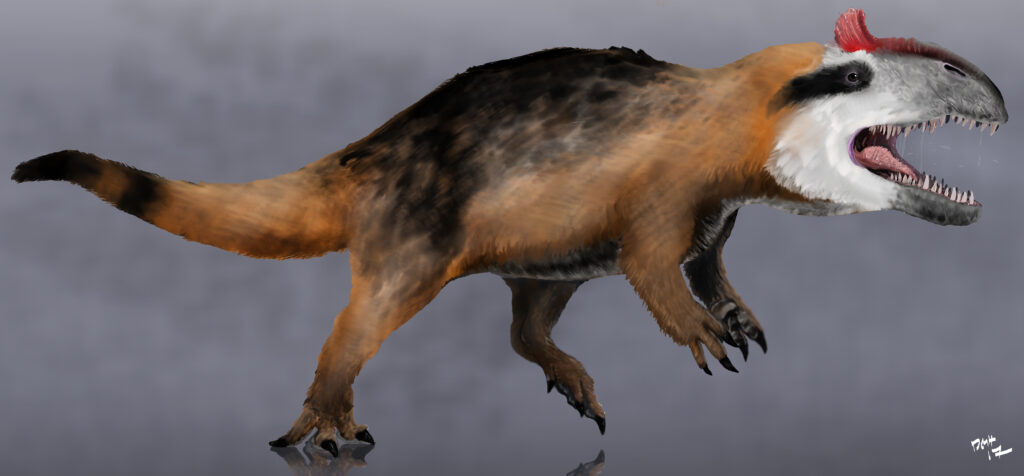
Understanding why dinosaurs evolved feathers provides additional context for their presence. Unlike in modern birds, where feathers often serve flight purposes, the earliest dinosaur feathers likely evolved for entirely different reasons. Insulation appears to have been a primary function, with simple filamentous feathers providing warmth for small, possibly warm-blooded dinosaurs. Display was likely another important function, with evidence of colorful and elaborate feathers suggesting they played roles in mate attraction and species recognition.
Some dinosaurs may have used feathers for camouflage, while others possibly used them for brooding behaviors, covering nests like modern birds. Only later in dinosaur evolution did feathers become adapted for aerodynamic functions, ultimately enabling powered flight in birds. These varied functions help explain why feathers evolved before flight and why they appeared in dinosaurs that never flew, confirming that feathers originated not for flight but for other biological purposes.
Resistance and Changing Perceptions

The concept of feathered dinosaurs initially faced significant resistance within both scientific circles and popular culture. When evidence first emerged in the 1990s, many paleontologists were skeptical, as it contradicted decades of dinosaur depictions and understanding. Some scientists questioned the preservation quality or interpretation of the Chinese fossils, while others struggled to accept the radical reimagining of familiar dinosaurs. This resistance gradually diminished as evidence accumulated and younger generations of paleontologists embraced the new paradigm.
Popular culture has been slower to adapt, with movies like Jurassic Park continuing to depict dinosaurs without feathers despite scientific consensus. This disconnect between scientific understanding and public perception highlights how deeply ingrained our traditional image of dinosaurs remains. The story of feathered dinosaurs demonstrates how scientific understanding evolves through evidence, even when challenging long-held beliefs.
Beyond Theropods: Feathers in Other Dinosaur Groups

While feathers are best documented in theropod dinosaurs (the group that includes Velociraptor, T. rex, and birds), evidence suggests that feather-like structures may have been more widespread across Dinosauria. Fossils of ornithischian dinosaurs—a completely different branch of the dinosaur family tree—including Psittacosaurus, Tianyulong, and Kulindadromeus show evidence of filamentous body coverings that may represent an early form of feathers or a parallel evolution of feather-like structures.
These findings suggest that the common ancestor of all dinosaurs may have possessed some simple form of body covering that later evolved into true feathers in some lineages. If correct, this would mean that feathers or feather-like structures were the ancestral condition for dinosaurs, rather than scales. This broader distribution of feather-like structures across dinosaur groups is one of the most exciting areas of current paleontological research, potentially redefining our understanding of dinosaur appearance across the entire group.
Reconstructing Feathered Dinosaurs: Art and Science

The discovery of feathered dinosaurs has revolutionized how artists and scientists visualize and reconstruct extinct species. Paleoartists now work closely with paleontologists to create scientifically accurate depictions of dinosaurs, incorporating evidence of feather types, distribution, and even coloration when available. Modern reconstructions consider factors like body size (larger dinosaurs may have had reduced feather coverage), environmental adaptations, and evolutionary relationships to determine the most likely feather covering for each species.
Digital modeling and animation techniques allow for increasingly sophisticated visualizations of how feathered dinosaurs might have looked and moved. These reconstructions aren’t merely artistic interpretations but scientific hypotheses based on available evidence, subject to revision as new fossils are discovered. The dramatic transformation in dinosaur imagery—from the scaly beasts of the 20th century to the colorful, feathered creatures of modern paleontology—represents one of the most visible examples of scientific progress changing public understanding.
Ongoing Discoveries and Future Research
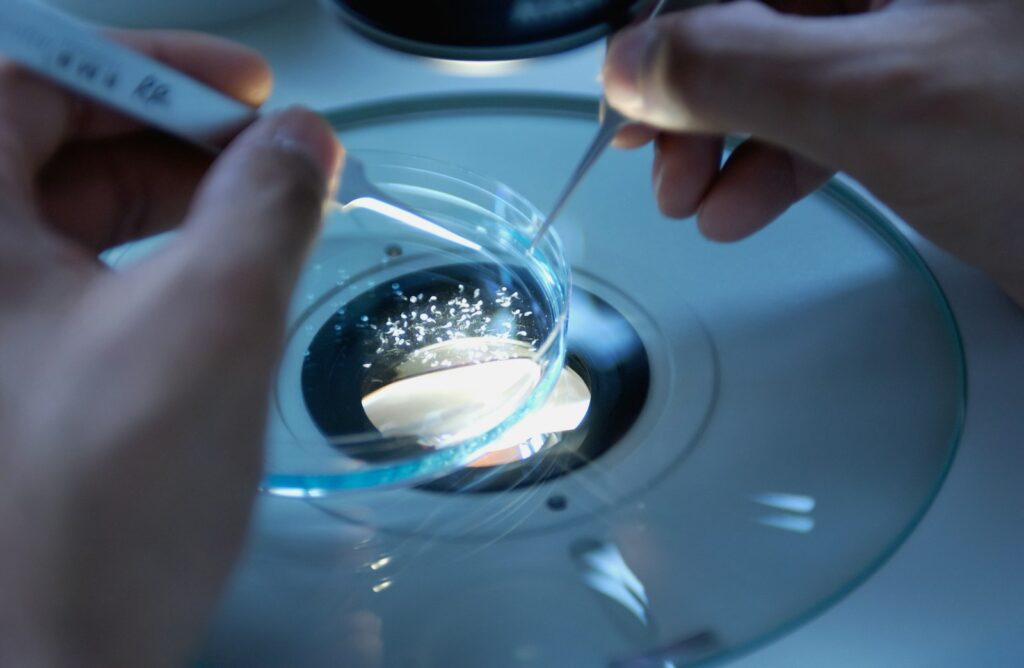
Research into feathered dinosaurs continues to produce exciting new discoveries that refine our understanding. New fossil localities are being explored worldwide, potentially yielding specimens from different environments and time periods that will expand our knowledge of feather evolution and distribution. Advanced analytical techniques, including synchrotron radiation, chemical analysis, and improved microscopy, are revealing previously undetectable details in both new and existing specimens.
Questions remain about how widespread feathers were among different dinosaur groups, when exactly feathers first evolved, and how the transition to flight-capable feathers occurred. Additionally, researchers are investigating the genetic basis of feathers by studying how they develop in modern birds and comparing this with the fossil record. As technology improves and more fossils are discovered, our understanding of dinosaur feathers will continue to evolve, likely with surprising new insights that further transform our vision of these ancient creatures.
Conclusion
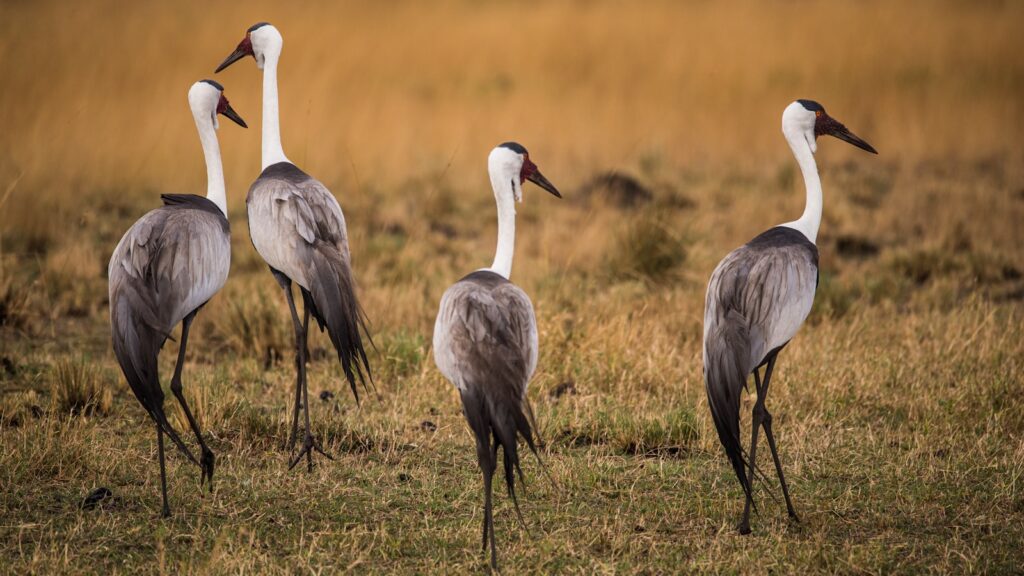
The evidence for feathered dinosaurs represents one of paleontology’s most significant paradigm shifts, transforming scaly reptiles into colorful, dynamic creatures that blur the line between dinosaurs and birds. Through exceptional fossils, microscopic analysis, and evolutionary theory, scientists have assembled a compelling case that feathers were widespread among dinosaurs long before birds evolved.
This discovery not only changes how we visualize dinosaurs but deepens our understanding of evolution itself, showing how structures like feathers can evolve for one purpose (likely insulation) before being repurposed for others (display and eventually flight). As research continues, our picture of dinosaurs becomes increasingly vivid and accurate, replacing outdated misconceptions with a scientifically grounded vision of the remarkable creatures that dominated Earth for over 160 million years.


